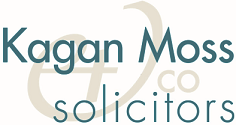The tragedy at Grenfell Tower has brought the dangers of building cladding into sharp focus. Some estimates indicate that there are still around 600 buildings in the private sector which have the same cladding as that used on the Grenfell Tower, namely aluminium composite material (ACM). Many other blocks maybe affected by the latest government advice and recommendations.
The government has declared ACM and other cladding to be unsafe and building control deem all buildings with unsafe materials to be in breach of health and safety regulations.
Many long leaseholders are faced with large service charge bills relating to costs incurred by the freeholder to replace unsafe cladding.
Pre-contract enquiries may be raised on behalf of buyers and renters and likely questions include:
- what type of cladding has been used;
- whether the installation of any cladding complied with building control;
- what fire risk assessments are in place and whether any recommendations have been carried out (including work carried out in the last three years and proposed future work); and
- the date of any risk assessment. If one has not been carried out in the last three years and the freeholders proposals in relation to this will be essential.
An additional concern for buyers of leasehold flats is that if they are to acquire an interest in the freehold or management company, there may be a risk of enforcement action if a fire risk assessment is not carried out.
Clearly whilst a conveyancer can report findings to the buyer and any lender the cladding relates to the fabric of the building and this is an issue which should be advised upon in detail by a surveyor.
Buyers are clearly at risk to ensure that they do not unwittingly take on any liability which may only come to light if a property with unsafe cladding is unsaleable or unmortgageable now or in the future.
